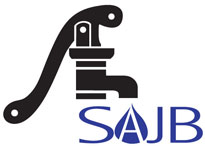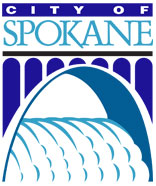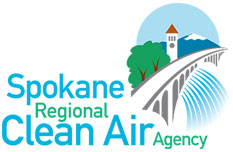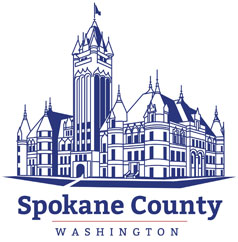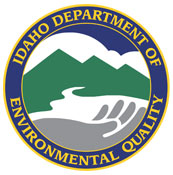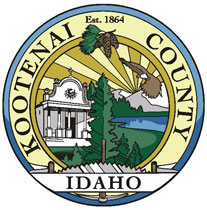Waste » Business » Wastewater » Grease Trap and Interceptor
General Information
Every food preparation establishment is required to have a grease trap or interceptor to catch FOG. FOG stands for Fats, Oils, and Grease that get into the sewers and cause problems for the wastewater treatment system.There are three types: passive grease traps that are usually located under the sink and must be cleaned out by hand; automatic grease traps that continually skim grease off and deposit it in a removable reservoir; and grease interceptors that are large volume devices, usually located outside, under the ground and must be pumped out by a grease hauler. These devices are very important but they can’t do the job alone:
- Traps vary in efficiency, some remove only 85% of FOG
- Passive grease traps should be cleaned out weekly
- Automatic grease traps should have their collection reservoirs emptied daily
- Grease interceptors need to be pumped out regularly, on a schedule determined by how quickly they fill. When over 25% of the interceptor is full of grease the interceptor loses effectiveness; at 50% the interceptor lets most of the FOG flow through into the sewer.
- Keep records in a log of when traps and interceptors are cleaned out and how full they are each time. This way you can know how often they need to be maintained.
- The less FOG that goes down the drain, the less frequently the traps need to be cleaned out.
Available Services
Related Wastes
Resources
Spokane Wastewaster's "Best Management Practices (BMPS) For Kitchen Waste"




